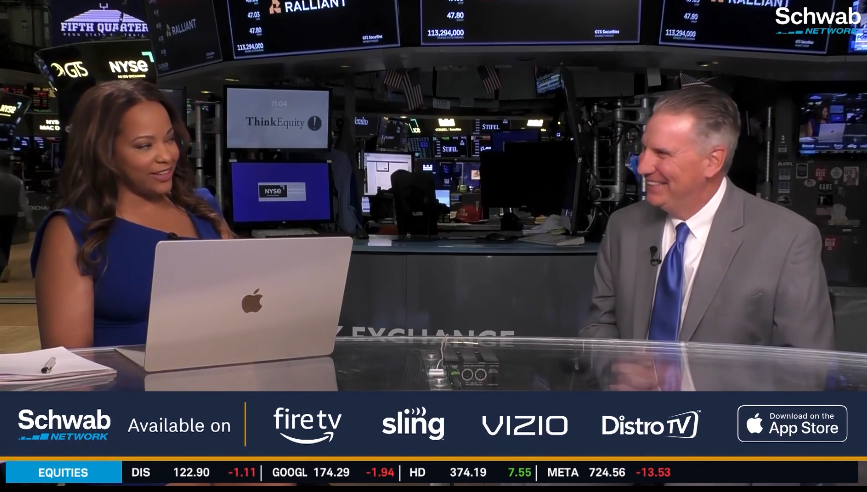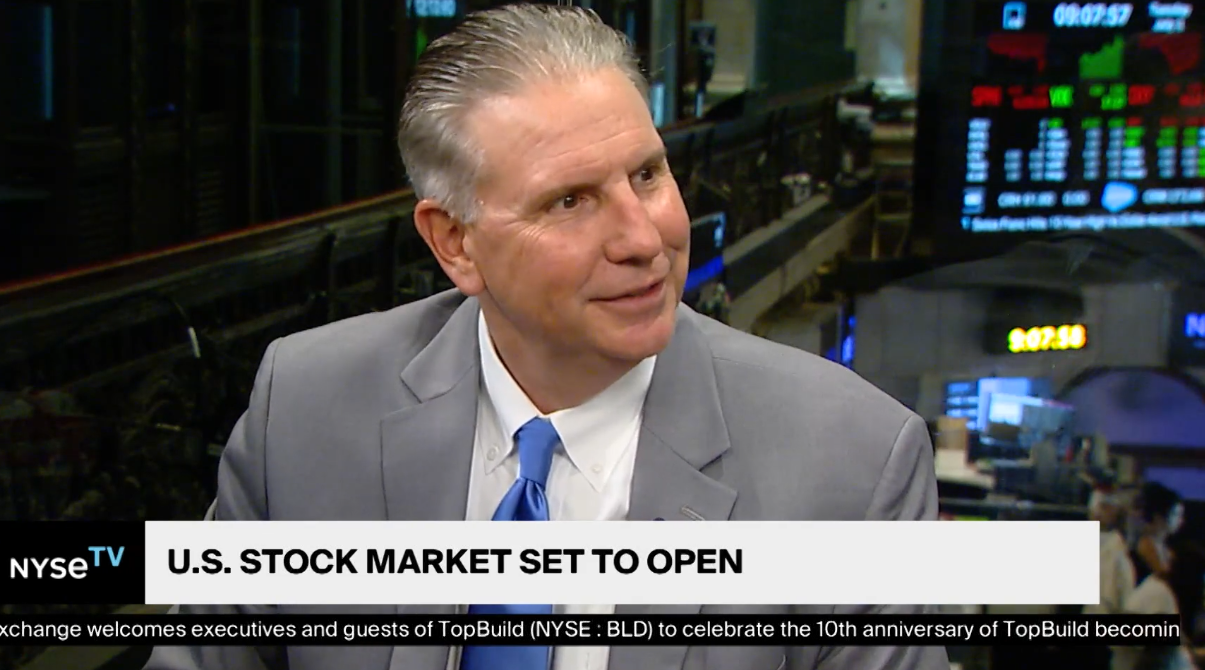
Last Week’s Markets in Review: Key Updates on Inflation and Earnings

Global equity markets finished lower for the week. In the U.S., the S&P 500 Index reached record highs during midweek sessions but closed the week at a level of 4,327, representing a loss of 0.96%, while the Russell Midcap Index moved 2.81% lower last week. Meanwhile, the Russell 2000 Index, a measure of the Nation’s smallest publicly traded firms, returned -5.11%% over the week. International equity performance was mixed as developed, and emerging markets returned -0.46% and 1.72%, respectively. Finally, the 10-year U.S. Treasury yield ticked lower, closing the week at 1.31%.
On Tuesday, July 13th the Labor Department released the Consumer Price Index (CPI) for June 2021. The report showed CPI had risen by 5.4% over the past 12 months, representing the largest jump in the index since August of 2008. Some market participants believe that these types of price increases will cause prolonged inflation and an overheated economy, expediting the Federal Reserve’s move to tighten its overall policy. Jerome Powell, Chairman of the Federal Reserve, has continued to state that the current price increases are largely transitory, a result of the extraordinary economic conditions caused by the pandemic.
As you analyze the June CPI report, certain aspects of the data support Chairman Powell’s position. As we take a deeper look, we notice that a few areas of the economy, particularly used car sales, energy and airline fares are largely responsible for the overall rise. The chart below will demonstrate the magnitude of these few areas on the overall consumer price index for June. Also included in the chart are readings from the same areas in June of 2020. The full onset of the economic lockdown caused these same areas to show negative growth in the June 2020 CPI reading. The negative readings from 2020 only amplify the positive moves in the most recent CPI in 2021.
 /
/Another indicator of the transitory nature of the price increases is the movement in interest rates, particularly the 10-year treasury bond. Yields for U.S. Treasuries were stable throughout the day on Tuesday, following the CPI report. While slipping lower later in the week, the direction that one would not expect in an overheated economy.
This past week also marked the beginning of the highly anticipated earnings season for the second quarter of 2021. The first week of most earnings seasons is dominated by the largest financial institutions in the Nation, and the results from last week were quite good. “Big Banks” exceeded expectations in both the top and bottom line, indicating strong fundamentals and balance sheet health. While larger sample size is needed before declaring the second quarter a success, the “Big Banks” offer a fairly consistent barometer for the overall economy, which bodes well for economic growth potential ahead.
Overall, according to FactSet, as of July 16, 2021, with 40 S&P 500 companies reporting actual results, 34 S&P 500 companies have reported a positive EPS surprise and 36 S&P 500 companies have reported a positive revenue surprise for Q2 2021. In addition, the estimated earnings growth rate for the S&P 500 is 69.3%. If this estimate proves accurate, it will mark the highest year-over-year earnings growth rate reported by the S&P 500 index since 2008.
Inflation and earnings are just two factors that investors should consider when managing their investment portfolios. We encourage investors to work with experienced financial professionals to help build and manage the asset allocations within their portfolios consistent with their objectives, timeframe, and tolerance for risk. Best wishes for the week ahead!
Sources for data in tables: Consumer Price Index statistics are from the U.S. Department of Labor. Equity Market and Fixed Income returns are from JP Morgan as of 7/16/21. Rates and Economic Calendar Data from Bloomberg as of 7/16/21. International developed markets measured by the MSCI EAFE Index, emerging markets measured by the MSCI EM Index, U.S. Large Cap defined by the S&P 500. Sector performance is measured using the GICS methodology.
Disclosures: Past performance does not guarantee future results. We have taken this information from sources that we believe to be reliable and accurate. Hennion and Walsh cannot guarantee the accuracy of said information and cannot be held liable. You cannot invest directly in an index. Diversification can help mitigate the risk and volatility in your portfolio but does not ensure a profit or guarantee against a loss.
Diversification can help mitigate the risk and volatility in your portfolio but does not ensure a profit or guarantee against loss.
Investing in commodities is not suitable for all investors. Exposure to the commodities markets may subject an investment to greater share price volatility than an investment in traditional equity or debt securities. Investments in commodities may be affected by changes in overall market movements, commodity index volatility, changes in interest rates or factors affecting a particular industry or commodity.
Products that invest in commodities may employ more complex strategies which may expose investors to additional risks.
Investing in fixed income securities involves certain risks such as market risk if sold prior to maturity and credit risk especially if investing in high yield bonds, which have lower ratings and are subject to greater volatility. All fixed income investments may be worth less than the original cost upon redemption or maturity. Bond Prices fluctuate inversely to changes in interest rates. Therefore, a general rise in interest rates can result in the decline of the value of your investment.
Definitions
MSCI- EAFE: The Morgan Stanley Capital International Europe, Australasia and Far East Index, a free float-adjusted market capitalization index that is designed to measure developed-market equity performance, excluding the United States and Canada.
MSCI-Emerging Markets: The Morgan Stanley Capital International Emerging Market Index, is a free float-adjusted market capitalization index that is designed to measure the performance of global emerging markets of about 25 emerging economies.
Russell 3000: The Russell 3000 measures the performance of the 3000 largest US companies based on total market capitalization and represents about 98% of the investible US Equity market.
ML BOFA US Corp Mstr [Merill Lynch US Corporate Master]: The Merrill Lynch Corporate Master Market Index is a statistical composite tracking the performance of the entire US corporate bond market over time.
ML Muni Master [Merill Lynch US Corporate Master]: The Merrill Lynch Municipal Bond Master Index is a broad measure of the municipal fixed income market.
Investors cannot directly purchase any index.
LIBOR, London Interbank Offered Rate, is the rate of interest at which banks offer to lend money to one another in the wholesale money markets in London.
The Dow Jones Industrial Average is an unweighted index of 30 “blue-chip” industrial U.S. stocks.
The S&P Midcap 400 Index is a capitalization-weighted index measuring the performance of the mid-range sector of the U.S. stock market, and represents approximately 7% of the total market value of U.S. equities. Companies in the Index fall between S&P 500 Index and the S&P SmallCap 600 Index in size: between $1-4 billion.
DJ Equity REIT Index represents all publicly traded real estate investment trusts in the Dow Jones U.S. stock universe classified as Equity REITs according to the S&P Dow Jones Indices REIT Industry Classification Hierarchy. These companies are REITs that primarily own and operate income-producing real estate.



